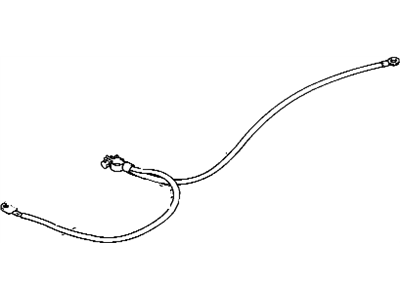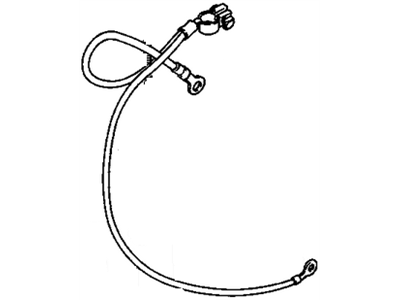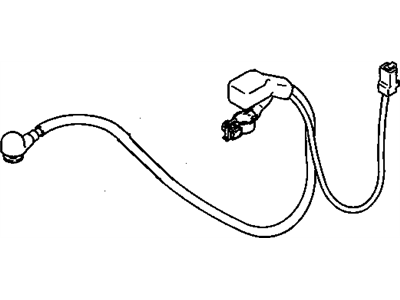
My Garage
My Account
Cart
Genuine Chevrolet Metro Battery Cable
Car Battery Cable- Select Vehicle by Model
- Select Vehicle by VIN
Select Vehicle by Model
orMake
Model
Year
Select Vehicle by VIN
For the most accurate results, select vehicle by your VIN (Vehicle Identification Number).
8 Battery Cables found
Chevrolet Metro Battery Cable
Chevrolet Metro vehicles contain battery cables that help in conducting current from battery to different other components in order to enable a starter turn as well as for the engine to start. It comprises of the power cable which delivers power and the grounding wire that creates an enclosed circuit that completes itself. Sometimes the cables wear out and get some sort of damage like oxidation or warping on the rubber/boot of the cable, which can affect the performance of the car's battery, and sometimes leads to starting problems. Thus, it is vital to perform constant checks of Chevrolet Metro battery cables as a means of achieving peak performance. Corrosion on any of the plates and physical damage may drastically weaken the connection between the battery and starter. In case of issues, there are original replacement battery cables in the premium category that help bring back the same performance levels for starting the engine and required vehicle performance.
Each OEM Chevrolet Metro Battery Cable we offer is competitively priced and comes with the assurance of the manufacturer's warranty for the part. Furthermore, we guarantee the speedy delivery of your orders right to your doorstep. Our hassle-free return policy is also in place for your peace of mind.
Chevrolet Metro Battery Cable Parts Questions & Experts Answers
- Q: How should you periodically inspect and replace battery cables to ensure proper engine performance on Chevrolet Metro?A:Every now and then run an eye along the entire length of a battery cable and look out for signs of damage, cracked or burnt insulation and corrosion of course due to loose connections there could be starting issues and decreased engine response. The soldered links between the cable and terminal should be examined for crack, loose strands of the wire and corrosion; White fluffy deposits seen on the outer cover indicates corrosion, and therefore the whole cable needs to be replaced. It is always safer to disconnect the negative terminal before disconnecting the cables and reconnect the same before connecting the positive terminal. Remove the Battery cables from the battery, follow the cables to their other ends and remove them from the Starter Solenoid and Ground locations as well, take note of the path of the cables for the proper reconnection. If just replacing the cables, take the old cables so that the purchased ones match as the positive cables are normally red and bigger than the ground which is normally black and thin. Remove the insolent threads of the solenoid or ground connection using a wire brush to reduce or eradicate the rust and corrosion.After that one should cover them lightly with the battery terminal corrosion inhibitor or petroleum jelly of any kind in order to prevent similar problems from occurring in future. Screw or bolt this cable to the solenoid or the ground terminal securely tightening the mounting nut. When connecting a new cable, this should not be stretched in order to touch the battery post and connecting the positive cable then the negative one.













